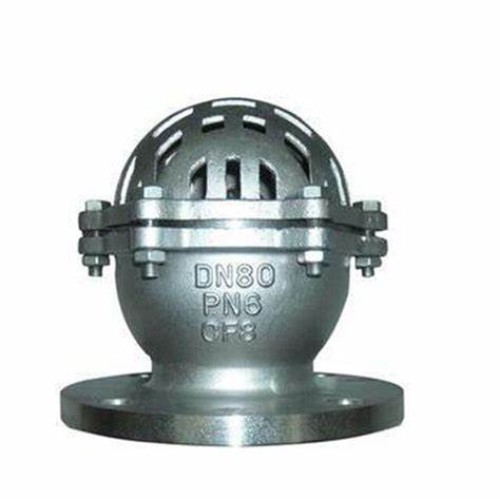different types of pipe joints
Different Types of Pipe Joints An Overview
Piping systems are fundamental to various applications, ranging from residential plumbing to industrial processes. A crucial aspect of these systems is the pipe joints, which connect different sections of piping to ensure fluid flow and maintain system integrity. Understanding the different types of pipe joints can help in selecting the appropriate method for a specific application, contributing to the efficiency and longevity of the system.
1. Welded Joints
Welded joints are among the strongest and most durable connections in piping systems. This method involves melting the edges of the pipes and allowing them to fuse together as they cool. Welded joints are commonly used in high-pressure applications, where the strength of the connection is critical. There are different welding techniques, including arc welding and gas tungsten arc welding, each suited for various materials and environments. However, the welding process demands skilled labor and becomes expensive due to the need for professional equipment.
2. Flanged Joints
Flanged joints consist of two flanged ends that are bolted together, with a gasket in between to create a seal. This type of joint is commonly used in systems where frequent disassembly is necessary, such as in maintenance or inspection cases. Flanged joints can accommodate thermal expansion, making them suitable for systems that experience temperature fluctuations. They are widely found in water supply, wastewater management, and other industrial applications.
Threaded joints involve the use of threaded pipe ends that screw into each other. This method is often used with smaller-diameter pipes and is popular in plumbing applications due to its simplicity and ease of assembly. While threaded joints can provide a tight seal, they may not be ideal for high-pressure applications, as the threads could strip or leak if improper torque is applied. Proper sealing compounds or tape can enhance the leak-proof qualities of threaded joints.
4. Soldered Joints
different types of pipe joints

Soldered joints use a filler metal to join pipes, typically in copper or brass plumbing systems. The solder is melted at the joint and allowed to cool, forming a strong connection. This method is favored in plumbing because of its simplicity and effectiveness for low-pressure systems. However, soldered joints may not be suitable for high-temperature applications or where high pressures exist, as the solder can fail under such conditions.
5. Compression Joints
Compression joints consist of a compression fitting that secures the pipes together by tightening the nut against a washer, creating a seal. This type of joint is particularly useful for connecting different pipe materials. Compression joints are favored for their ease of installation and disassembly, making them ideal for temporary or adjustable installations. However, over time, the compression fitting may become loose, necessitating periodic checks and adjustments.
6. Socket Weld Joints
Socket weld joints involve inserting a pipe into a socket or fitting, and then welding around the joint. This method provides a strong connection and is commonly used in high-pressure systems. Socket welds are particularly beneficial when space is constrained, as the design is compact. However, like all welded connections, they require skilled workmanship to ensure a proper seal and structural integrity.
7. Brazed Joints
Brazed joints are created by melting a filler metal above 450°C (842°F) to join pipes without melting the base materials. This method is often used in HVAC systems and refrigeration because it can produce strong joints and withstand various thermal and mechanical stresses. While brazing can provide excellent strength and durability, it also requires careful control of the heating process to avoid damage to the components.
Conclusion
Choosing the right type of pipe joint is essential for the functionality and efficiency of any piping system. Each joint type comes with its own advantages and disadvantages, making it important to consider factors like pressure, temperature, material compatibility, and maintenance requirements. By understanding the characteristics and applications of different pipe joints, engineers and builders can make informed decisions that will enhance the performance and reliability of their piping systems. Whether for plumbing, industrial applications, or HVAC systems, the right joint type can significantly impact the longevity and effectiveness of the installation.
-
Reliable Wafer Type Butterfly Valve - Durable & Space-Saving DesignNewsAug.29,2025
-
Top-Quality Pipe and Pipe Fittings for Reliable Fluid SystemsNewsAug.28,2025
-
Reliable Slip On Flange Manufacturer for Industrial ExcellenceNewsAug.28,2025
-
Premium Rubber Expansion Joints for Piping SystemsNewsAug.28,2025
-
Premium Electric Actuators for Smart Automation SolutionsNewsAug.28,2025
-
Innovative Flange Solutions for Modern Plumbing NeedsNewsAug.28,2025
-
High-Performance Exhaust Valves for Efficient Fluid SystemsNewsAug.28,2025




